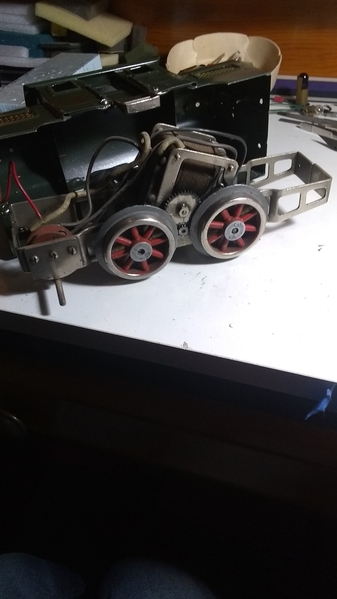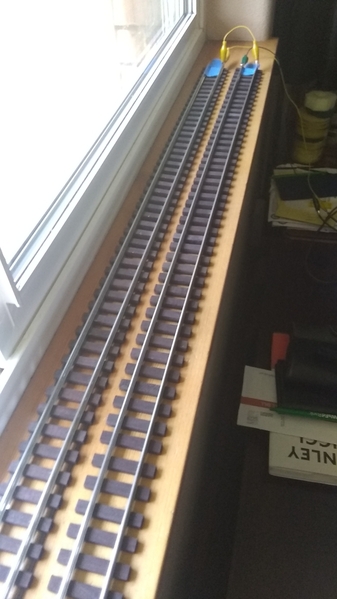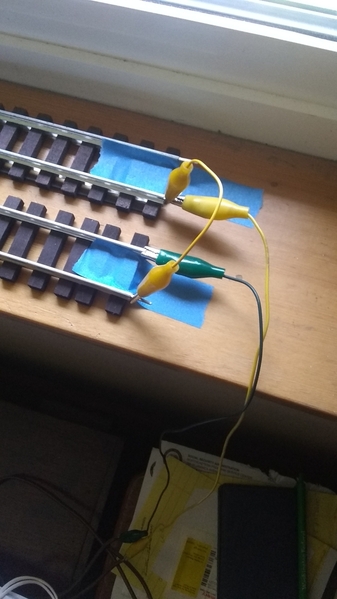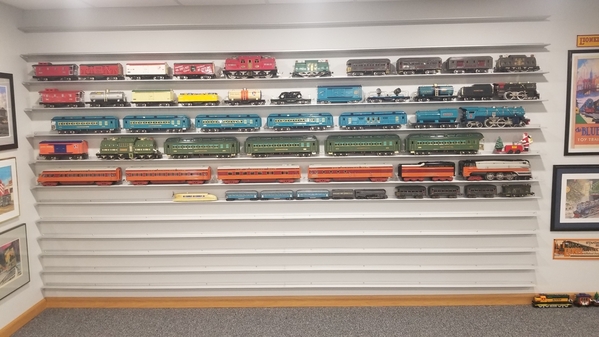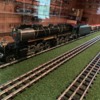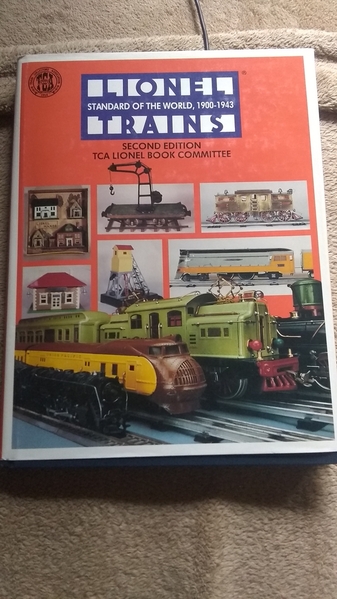This finally arrived today: 🙂
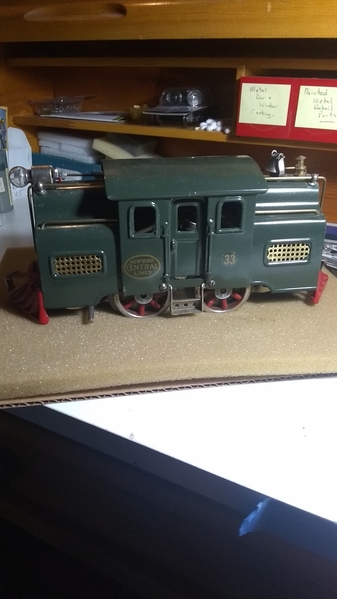
Some initial thoughts:
When I first picked it up at the post office, I was surprised by the size of the box it was in; I expected it to be much larger. The engine survived the trip with zero damage, so the shipping box was big enough. 🙂
Taking it out of the box was like Christmas morning; very exciting. This thing is so cool; with its light, bell and other details. Hooked it up to my MRC 027 transformer; started a little slowly (guessing it hasn't been run for a while), but once it "warmed up" it was fine. Kinda noisy; that large, metal body is a real sound chamber. 😳
Since this is a "restored" piece, decals were used, not stamping, which is probably common (?)
I will look closer into this thing over the weekend; any suggestions as to lubrication points, etc.? I'm guessing it's pretty straightforward.
I can certainly see the allure of Standard Gauge... it's quite wonderful! 😊
Mark in Oregon






